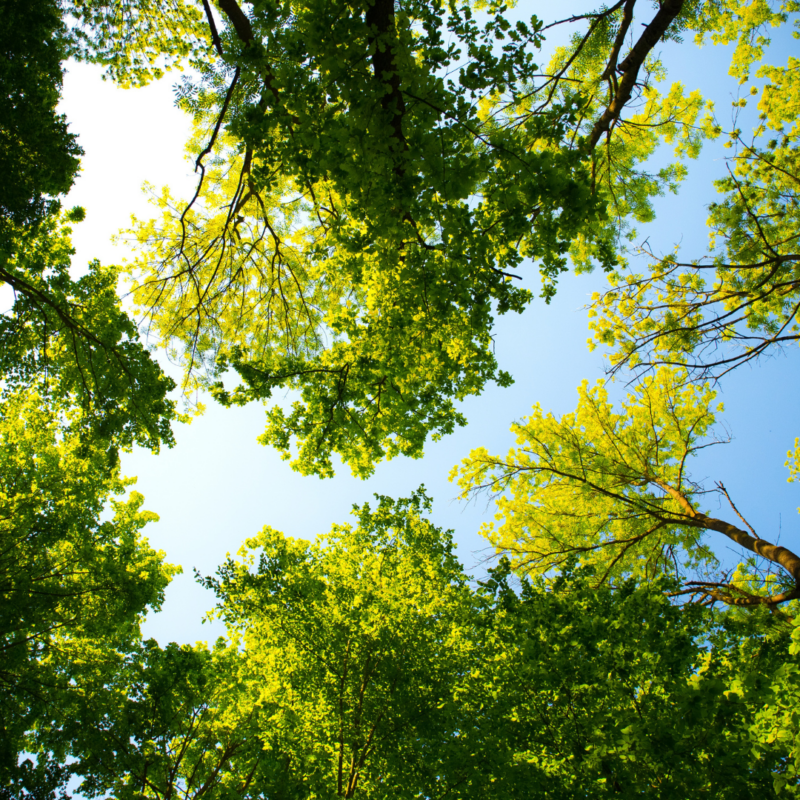Solution provider

Ramboll is a leading international architecture, engineering, and consultancy company, owned by the Ramboll Foundation.
case
Biodiversity
Nature based solutions


Ramboll is a leading international architecture, engineering, and consultancy company, owned by the Ramboll Foundation.
Add the case to your visit request and let us know that you are interested in visiting Denmark
Ramboll is supporting LTF A/S and Mølleåværket in the demolition of the former Ålebækken’s wastewater treatment plant, while simultaneously exploring opportunities for recreational use of the area. This project is carried out concurrently with an expansion of basin capacity to reduce the strain on Mølleåen. The challenge lies in conducting the demolition while ensuring minimal disruption to the environment and potentially enhancing biodiversity. Additionally, the presence of species such as the small water salamander in the old treatment basins necessitates careful planning to mitigate any adverse effects on local wildlife.
Ramboll has conducted a thorough mapping of the area’s natural features prior to the commencement of construction work. This includes identifying the presence of the small water salamander in the old treatment basins. Ramboll has developed a relocation plan for the salamanders, assessing potential impacts and submitting a dispensation application for their relocation. Ramboll’s staff has been responsible for the collection and relocation of the salamanders to a nearby water body. Furthermore, Ramboll has provided assistance in planning vegetation in the area and managing biologically valuable trees. They have also advised on the design of new water bodies and the conversion of old filter basins into natural habitats for amphibians.
The project has been successful in terms of biodiversity, with the area now hosting many threatened species as of 2023. The careful planning and execution of relocation efforts, coupled with the creation of new habitats, have contributed to the preservation and enhancement of local biodiversity. The reuse of sand and materials from the demolition process has further benefited the landscape and biodiversity, demonstrating a holistic approach to environmental management in the project.